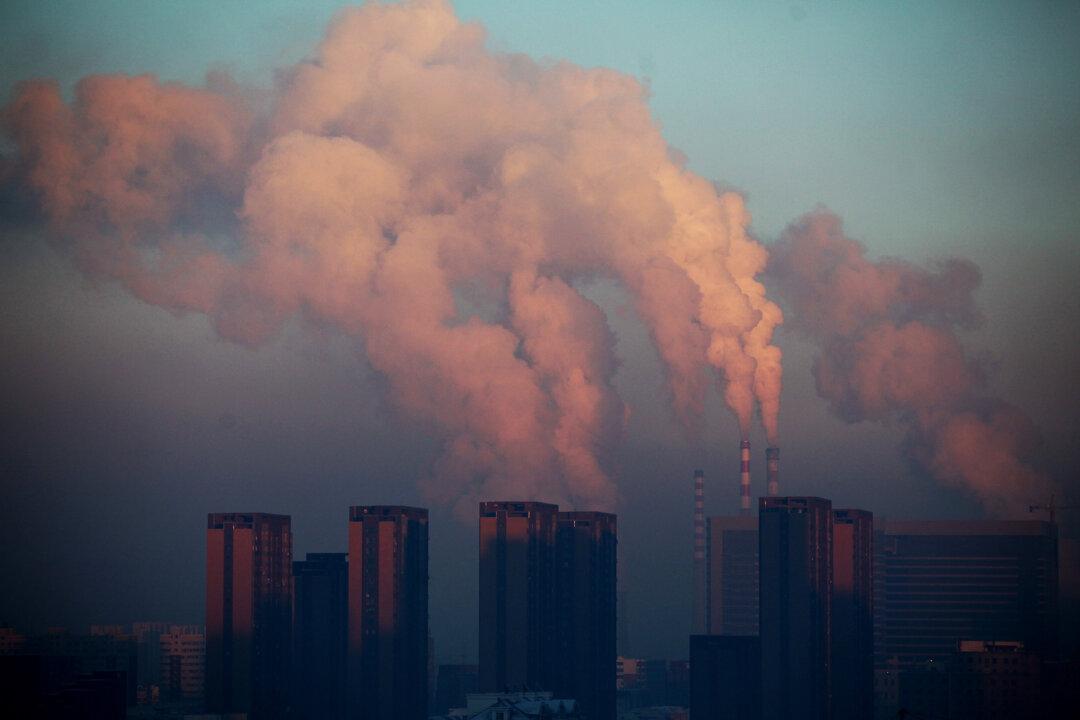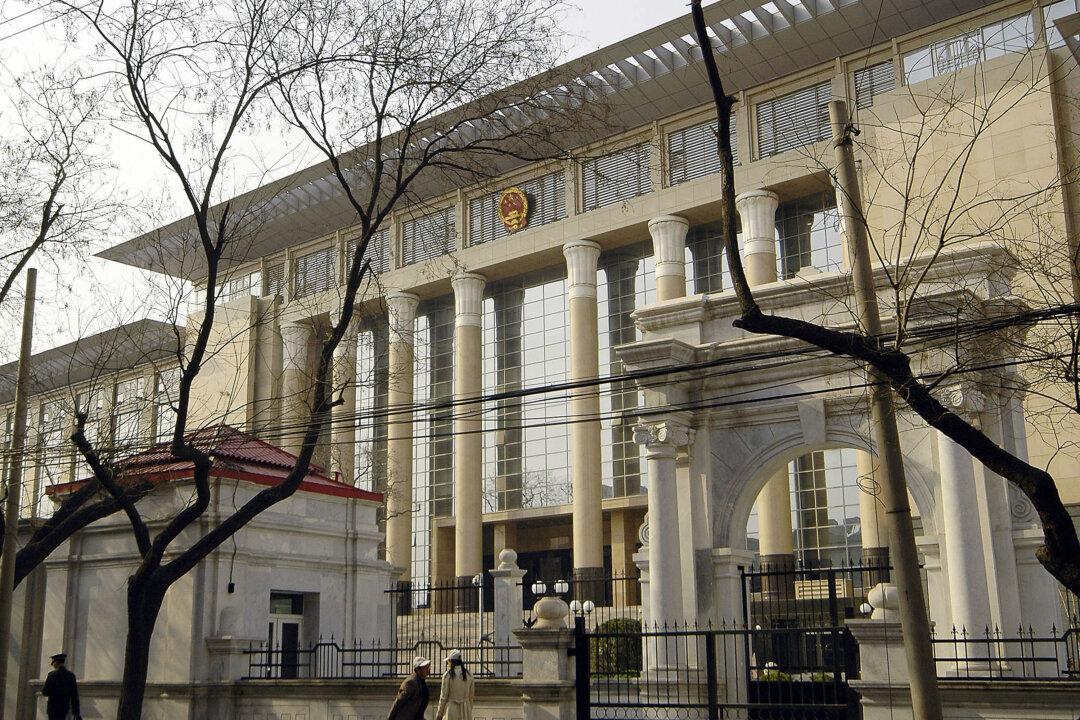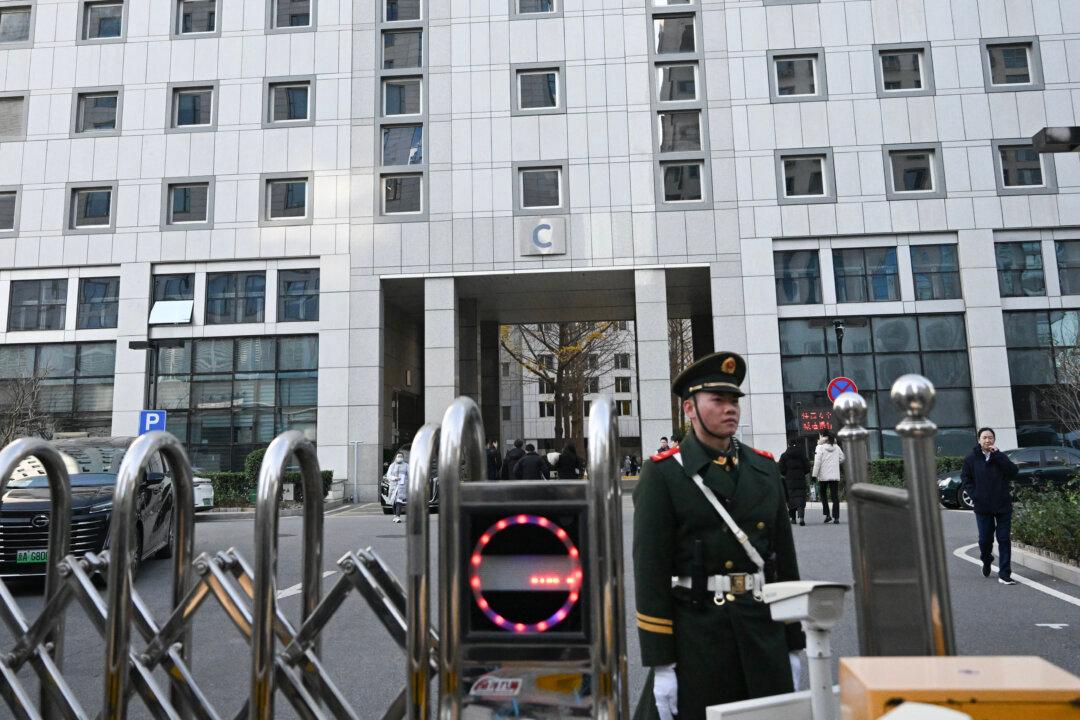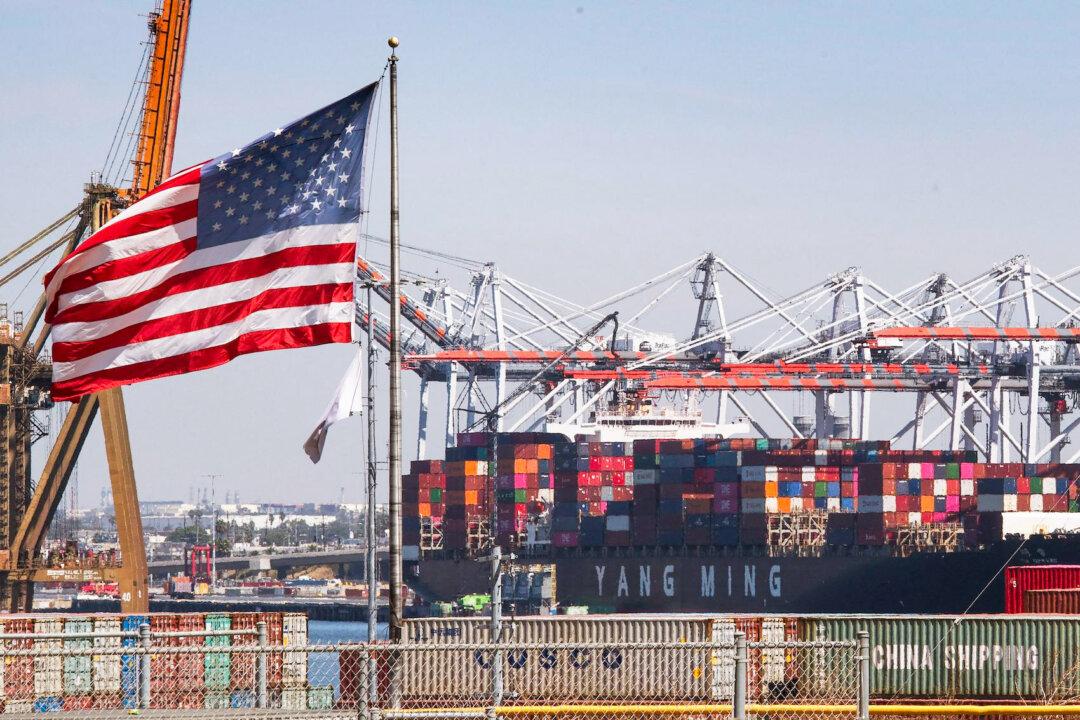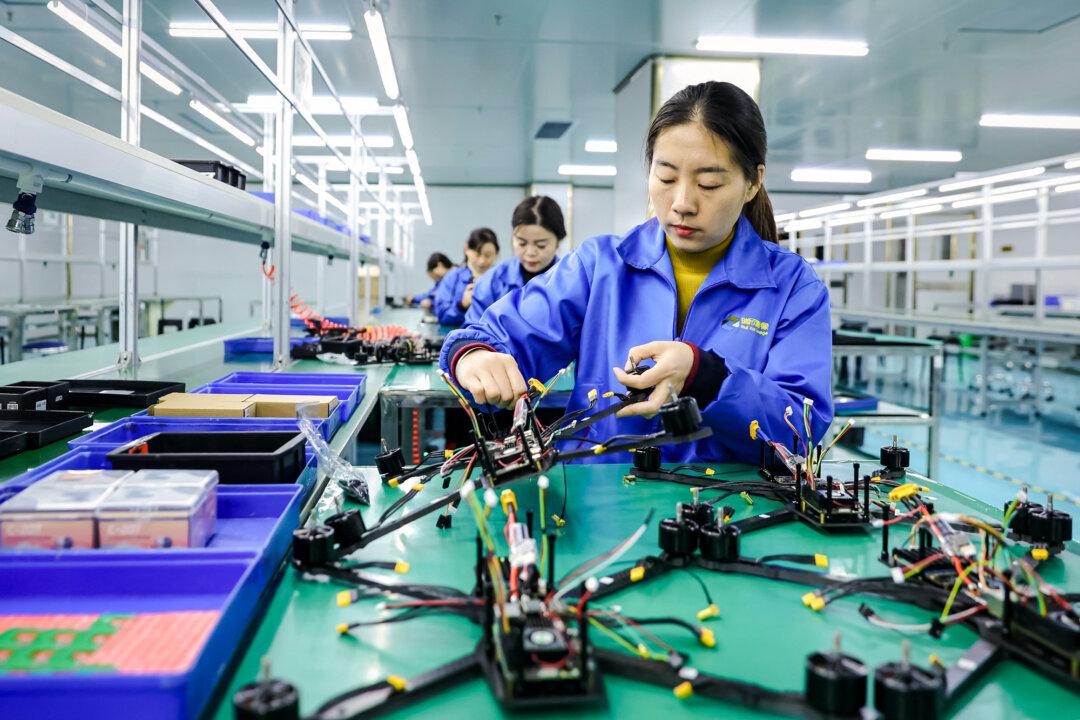Commentary
When the communist Chinese preach about their benevolent actions on behalf of mankind and the planet, that usually amounts to camouflaging their real intentions. This is particularly true whenever the topic is green energy and reducing China’s carbon footprint.
